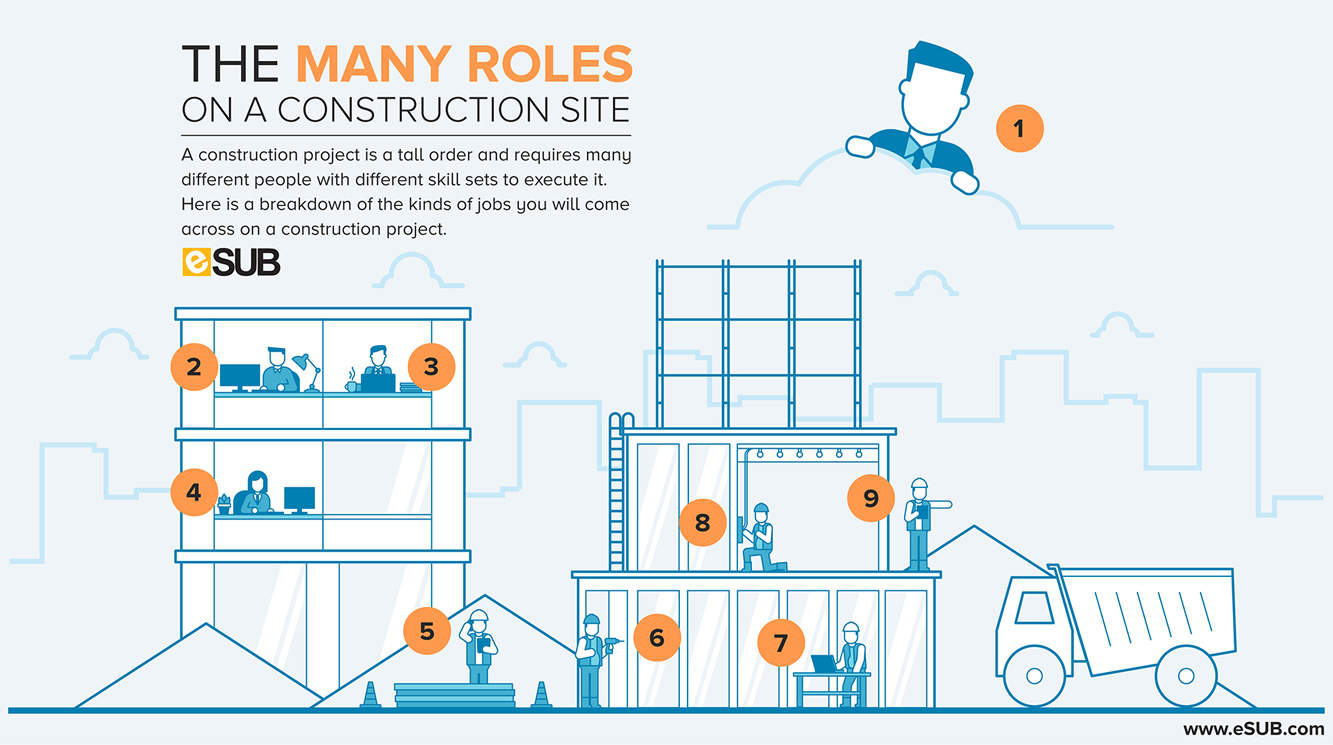Are You Outgrowing Your Construction Technology?
Table of Contents
Are You Outgrowing Your Construction Technology? Use these tips to scale up, bring in more profits, and never look back.
According to Dodge Data and Analytics, construction starts jumped 12% in January of 2017 equaling a seasonally adjusted rate of $690.2 billion. This means that there will be more work for the subcontractor firm. It is time to look internally at your current project management solution and ask yourself, “Is my subcontractor firm outgrowing its construction technology?”
Q&A – Is your firm well-positioned to scale for growth?
Here are some questions to ask yourself to determine if your subcontractor firm is outgrowing its construction technology:
Is your subcontractor firm still using software designed for general contractors or regular accounting software with construction features?
The needs of subcontractors are drastically different from those of General Contractors or any other project stakeholders. Because of this, it is important that subcontractors are using construction software to manage and protect their interests and profits.
Is your subcontractor firm still using Excel and paper documents to do things outside of the purview of your current technology?
Oftentimes when construction firms are using technology that does not align with their specific business needs or they do not understand how to use the software to its full capability, they end up using Excel or paper documents, which counters the productivity that construction software is meant to provide.
Does your subcontractor firm face lengthy RFI processes that cause project bottlenecks and delays?
Without the proper construction technology in place, the RFI process can cause project delays and incur extra costs.
Does your subcontractor firm fail to detect project inaccuracies before they create a need for rework?
Without the proper project transparency, mistakes often go unnoticed until it is too late.
Does your subcontractor firm deal with inaccurate or incomplete documents?
Insufficient documentation causes project confusion and trouble down the line when trying to find information on previous projects.
Does your subcontractor firm suffer from limited visibility of projects leading to delayed problem detection?
When the subcontractor is unaware of the project as a whole, issues go undetected and therefore unresolved.
Does your subcontractor firm find it difficult to search for and access data when it is needed?
Without construction software to keep all documents in a fully searchable database, firms may have trouble trying to access information at any given time throughout a project.
Does your subcontractor firm incur extra projects costs and project delays for an unknown reason?
Many times construction projects will go over budget and over-schedule but the subcontractor cannot attribute these costs and delays to any specific reason.
Does your subcontractor firm have trouble receiving fair compensation due to insufficient documentation?
For the subcontractor, documentation is. Subcontractors don’t get paid for the work they do, they get paid for the work they document!
Does your subcontractor firm have duplicate data entries due to lack of integration?
When construction firms are using more than one platform to perform project tasks, there is a risk of manual error and data duplication.
Does your subcontractor firm have difficulty on-boarding new employees due to lack of user-friendly interfaces?
When a firm’s construction software does not align with their specific project needs, and the software is not user-friendly, training and on-boarding becomes a tedious and ongoing task.
If you recognize any of these signs in your subcontractor firm, then it is time to let go of your existing project management software and make the switch to software that better fits your firm and your project needs. eSUB, a construction technology solution tailored specifically to subcontractors, allows the subcontractor firm to do more with fewer resources and allows the firm to scale as it grows.

Scale and do more work with your construction software
By having construction software that fits your needs, your subcontractor firm is able to complete more during a project life cycle. This will allow the subcontractor to complete projects faster and stay within the budget, which will also increase satisfaction among the project owners.
Here are some ways that eSUB allows the subcontractor firm to scale and do more with fewer resources:
-
— Accounting and payroll efficiency: eSUB’s “push and pull” accounting integration eliminates data duplicates and eliminates weeks’ worth of manual data entry.
-
— Avoid litigation by having a document trail: By having accurate and complete reports and keeping them in a centralized and easily accessible database, subcontractors will be able to avoid unfair litigation.
-
— Improve communications between the back office and the field: Field reporting eliminates the need for paper reports and increases transparency of projects for all stakeholders.

Onboard new employees more efficiently using standardized processes
The subcontractor should simplify the process of on-boarding new employees by providing them with a construction technology that standardizes project processes and is easy to learn and navigate through.
eSUB has been praised by its clients for its ease of use and employees ability to quickly learn the program no matter their age or level of technological background. Mike Dague, the owner of South Bay Framing, said: “Our field staff have very diverse backgrounds, and some are not tech savvy, but there have been no complaints about the intuitive user interface, and robust capabilities the eSUB platform provides our team.”
On-boarding and training will also be more efficient when the construction technology is fit for subcontractors and aligns with the needs of the subcontractor firm. In another case study from Kasper Electrical, Carmen Carbone the Director of Business Development, said: “eSUB’s Service and Training was very smooth because they understood our way of doing business- the subcontractor way of doing things, which is very different from needs of General Contractors.”

Attract millennials with the most updated technology
Many subcontractor firms identify having trouble attracting and retaining new talent as many of the seasoned employees begin to retire. These subcontractor firms are now looking toward a younger generation in order fill the gap in the labor-force. Despite some hesitation from some companies regarding the work-ethic of Millennials, they are the future of construction and these subcontractors must get on board or risk failing to attract new employees overall. In order to attract this generation, the subcontractor must understand what Millennials are like and what they desire in a workplace. Millennials are tech savvy and very dependent on the Internet; therefore, millennials are attracted to firms who have successfully implemented applications and automation and are constantly innovating and improving their processes.
Conclusion
Don’t let your outdated and ill-fitting construction software hold you back! Look internally at your current productivity and switch to a construction technology tailored specifically for the subcontractor that will allow your firm to do the most with the resources you have.
Resources: Construction.com and Construction Executive



